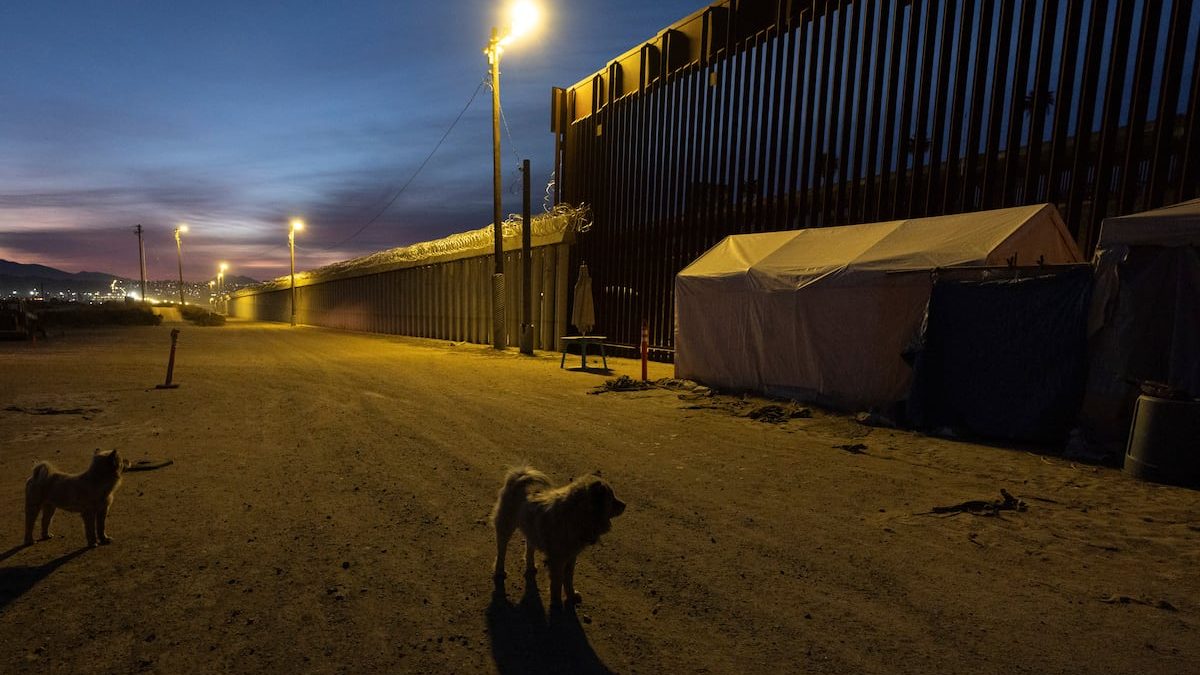The U.S. military is sending around 1,500 active-duty troops to the country’s southern border, the acting secretary of defense said Wednesday.
“This is just the beginning,” Acting Secretary of Defense Robert Salesses wrote in a statement.
The troops consist of 1,000 soldiers and 500 Marines, who will work with Customs and Border Protection in El Paso, Texas, and San Diego, California. Their job will be to build temporary barriers, monitor movement across the border and maintain equipment in the area, according to a senior military official, briefing reporters Wednesday on the condition of anonymity.
The deployments include other military equipment, such as drones, 72 helicopters and four aircraft to move personnel. A further set of intelligence analysts will support existing work to monitor the border.
The surge brings the total number of active-duty troops on the country’s southern border to around 4,000. More may follow, and their duties may expand, but for now, none of them will be used for law enforcement, the official said.
“This is an initial step, and we are anticipating many further missions,” a separate senior defense official said at the Wednesday briefing.
The first operations will start within 24-48 hours, officials said.
The steps are part of President Donald Trump’s early attempt to tighten America’s immigration system — a mission for which he plans to use the military far more expansively than his predecessors.
Alongside the deployments, the Defense Department will also start conducting deportation flights for 5,000 immigrants already detained in El Paso and San Diego, the officials said. They couldn’t yet say where those flights would land.
On his first day back in office Monday, President Donald Trump declared a state of emergency on the border with Mexico. The designation will make it easier for the White House to shift around money intended to counter drug trafficking and illegal migration, which Trump has claimed amounts to an “invasion.”
The language may also make it easier to use the U.S. military, which is restricted from law enforcement activities on American soil.
In his first term, Trump sent more than 5,000 active-duty troops to the border in response to a migrant caravan traveling north through Mexico.
Earlier this week, Trump ordered Northern Command — in charge of the military for the continental United States — to submit a plan within 10 days to “seal” America’s borders. In a further 30 days, NORTHCOM will also need to update its plans to counter “unlawful mass migration, narcotics trafficking, human smuggling and trafficking and other criminal activities,” the order said.
Spokespersons for the Defense Department said NORTHCOM will meet the timelines.
Additionally, the White House asked the secretary of defense and head of the Department of Homeland Security to send a report within 90 days on whether the president should invoke the Insurrection Act, a 200-year-old law that would allow the military to deploy on U.S. territory. Trump considered invoking the law during the widespread protests against police violence and racism in the summer of 2020.
The act was last invoked during the 1992 riots in Los Angeles after the police beating of Rodney King.
On Monday, Trump also fired Adm. Linda Fagan, head of the U.S. Coast Guard, reportedly due to her record on enforcing border security. Her removal is the first in what the president has promised to be a series of firings targeted at military officers he considers too focused on social issues, such as diversity.
On Tuesday, the Coast Guard pledged to surge forces across America’s maritime borders, including around the southeast, southwest and Pacific.
“Per the President’s Executive Orders, I have directed my operational commanders to immediately surge assets — cutters, aircraft, boats and deployable specialized forces — to increase Coast Guard presence and focus,” said Adm. Kevin Lunday, the Coast Guard’s acting commandant.
Noah Robertson is the Pentagon reporter at Defense News. He previously covered national security for the Christian Science Monitor. He holds a bachelor’s degree in English and government from the College of William & Mary in his hometown of Williamsburg, Virginia.
Read the full article here


